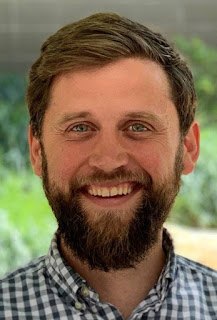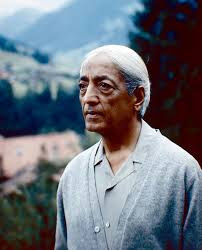‘Sometimes the most important thing in a whole day,’ wrote Etty Hillesum, ‘is the rest we take between two deep breaths.’
Here’s a famous bit of Zen. A pupil goes to the master and says, ‘I have no peace of mind. Please calm my mind!’ The master replies, ‘Bring your mind here and I will calm it for you.’ The pupil then says, ‘Yes, but when I look for my mind, I can’t seem to find it.’ The master replies, ‘There, you see, I’ve calmed your mind already.’
There are many interpretations of this piece of Zen wisdom. Here’s my take on it, but first I want to say a few words on the subject of the mind and the brain.
The classical materialist view asserts that the mind and the brain are one and the same. However, recent discoveries in neuroscience and quantum physics suggest that the mind and the brain are not co-extensive or identical. There is mind—or intelligence—throughout the whole body. The brain uses the mind—to think, feel, and so on—but the mind is ‘larger’, for want of a better word, than the brain. The brain is infused with mind, as are all parts of the human body. In addition, mind exists outside of and even beyond the brain. Mind is intelligence and there is intelligence wherever there is life in any shape or form. The brain is a physical object that can be seen by the eye. It is perceptible by the senses, and like all material objects it has size, weight and form. Not so the mind which has no constituent parts.
In a fundamental sense, we have no individual mind at all. Hence, there is no mind to calm. So, what exactly are we, each one of us? Well, each of us is a centre—both an inlet and an outlet—of consciousness from which all things are a matter of observation and awareness. We are made up of ‘mind-stuff’ and consciousness is the ‘stuff’ or very ground of our be-ing. Let me explain. You have a body but you are not that body. You experience sensations in your body but you are not those sensations. You have a brain but you are not that brain. You have thoughts but you are not those thoughts. You have emotions, feelings and desires but you are not those emotions, feelings or desires. All those 'things' are impermanent and insubstantial. So, what are you? You are that in you that lives and moves and has its be-ing in and as you. You are the impersonal, and you are the personal. You are your very own be-ing. Life is be-ing, and its be-ing is your very own be-ing.
There is no need to calm your mind. For starters, where is your mind? Can you find it? You cannot calm it—or for that matter do anything else with it—unless you can first locate it. In the Zen exchange set out above the master does the only thing any teacher or so-called guru really can do. The master manages to get the pupil to have an enlightening experience in which the pupil comes to ‘see,’ know and understand for himself or herself, perhaps for the very first time. Here, the master successfully leads the pupil to experience, in that Zen direct intuitive way, the fact that they have no mind to calm. All the pupil—and all of us for that matter—has to do is to … be calm.
Do you want to be calm? If so, practise calmness. Practise stillness. Practise quietness. Practise silence. The very truth of your be-ing is calmness, stillness, quietness and silence. A good way to start—and finish for that matter—is to get the body calm. Yes, the body. If the body is calm, you will soon be calm. Dr Norman Vincent Peale offered this gem of advice: ‘Sit still, be silent, let composure creep over you.' Got that? Sit ... be ... let ... .
So, stop looking for your mind. Stop analyzing and judging the contents of what you take to be your mind (eg your thoughts, feelings, memories and mental movies). Stop identifying with those ‘things’ as if they were you, the person among persons that in truth you are.
Sit. Be. Let.
There, I’ve calmed your mind already. You're welcome.
Note. The photos in this post were taken by the author in the Topes
de Collantes, which is a nature reserve park in the Sierra del Escambray mountain range
in the central region of Cuba. The bottom photo is of the famous Vegas Grande Waterfall located in the park.
RELATED POST
THE BEST ADVICE EVER ON HOW TO RELAX
















